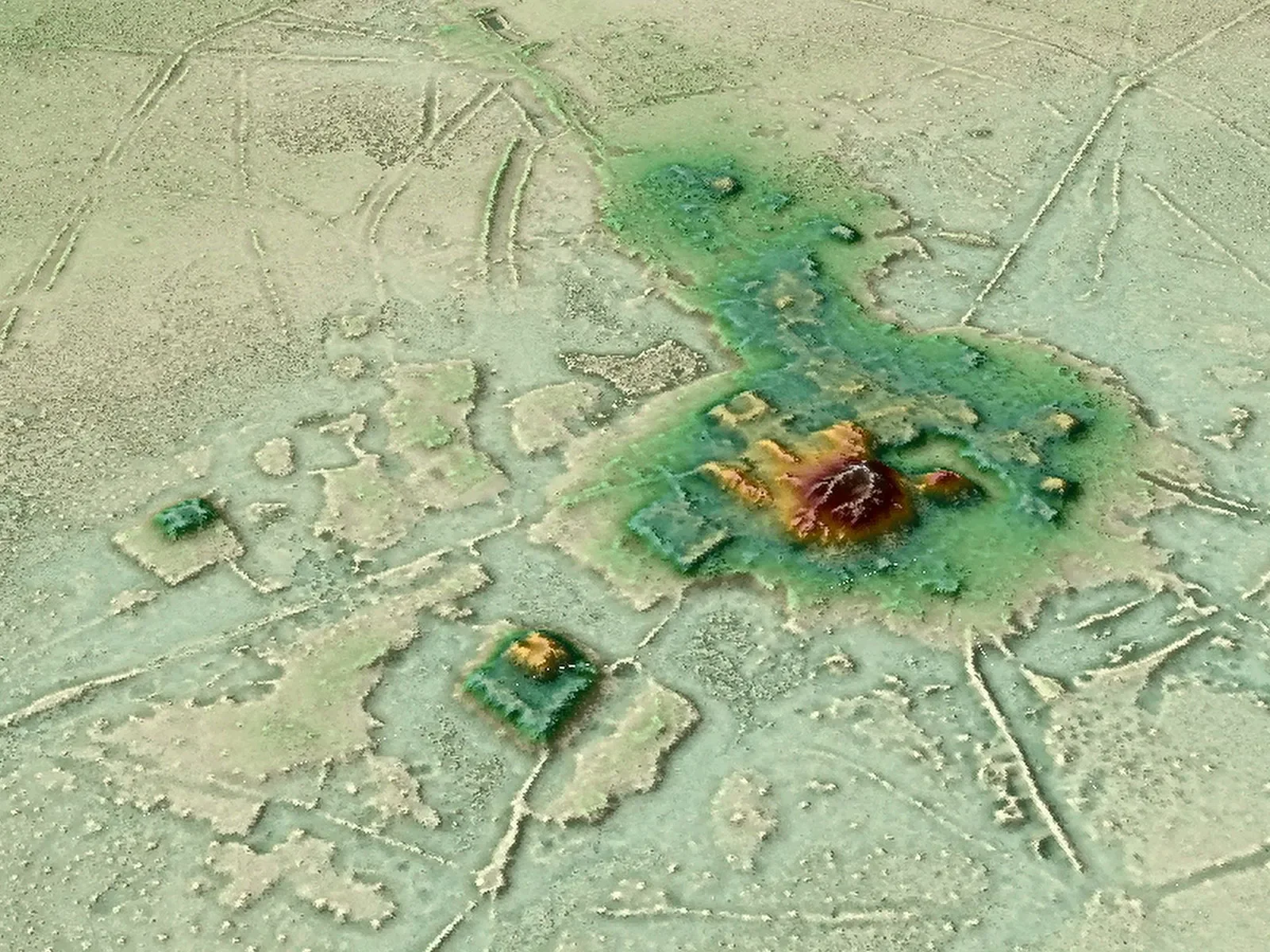For centuries, the Amazon rainforest has been shrouded in mystery, often portrayed as a vast, untamed wilderness untouched by civilization. But recent archaeological discoveries are challenging that narrative—suggesting that beneath the canopy lies evidence of sophisticated, ancient urban societies. Once dismissed as legend, the idea of "lost cities of the Amazon" is gaining traction as fact.
The Myth of the Jungle Void
European explorers like Francisco de Orellana, who navigated the Amazon River in the 1540s, reported encounters with populous and advanced societies deep in the rainforest. But for centuries, these accounts were written off as exaggeration or fantasy. The dominant theory held that the Amazon's nutrient-poor soil couldn’t support large-scale agriculture, and thus, complex societies were unlikely.
Yet indigenous oral histories and scattered archaeological finds kept the idea of lost civilizations alive in folklore and scholarship alike.
A Revolution in Amazon Archaeology
Thanks to LIDAR (Light Detection and Ranging) technology—an airborne laser scanning method that penetrates thick vegetation—archaeologists are now uncovering what had long been hidden: urban layouts, ceremonial centers, causeways, and geometric earthworks.
In recent years, particularly in Bolivia, Brazil, and Colombia, LIDAR has revealed:
Large settlements with plazas, moats, roads, and pyramidal structures
Evidence of zoned planning, suggesting social hierarchies and political organization
Signs of intensive agriculture, including raised fields and complex irrigation systems
The Casarabe Culture of Bolivia
One of the most significant discoveries comes from the Llanos de Mojos region of Bolivia, where researchers have uncovered settlements spanning hundreds of square kilometers. Dated between 500 and 1400 CE, these cities were part of the Casarabe culture and featured monumental platforms, water management systems, and a web of roads connecting communities.
This discovery suggests that urbanism was not exclusive to the Andes or Mesoamerica—it thrived in the Amazon basin too.
Rethinking the Amazon’s Ecology
These findings have also reshaped views of the Amazon itself. Far from being a "pristine" wilderness, the rainforest was actively managed by ancient peoples. Evidence points to:
Anthropogenic soils like terra preta (dark earth), enriched with charcoal and organic waste to improve fertility
Agroforestry systems where useful tree species were cultivated over centuries
Forest islands—manmade mounds and raised areas designed to remain dry during seasonal floods
This challenges the idea that pre-Columbian Amazonians were purely nomadic or subsistence-based.
Indigenous Knowledge and Legacy
Modern indigenous groups may be the descendants of these ancient civilizations. Their knowledge of medicinal plants, seasonal cycles, and sustainable agriculture could be rooted in traditions passed down from ancestors who built the very earthworks and cities now being rediscovered.
Moreover, the collapse of these societies—likely caused by disease, colonial invasion, and ecological disruption—means much of their history was erased long before European colonists ever arrived.
Fact or Fiction?
The question of whether there were true “lost cities” in the Amazon is no longer speculative. Archaeology has confirmed that:
Urban planning existed in multiple regions of the Amazon basin
Populations numbered in the tens or even hundreds of thousands
Sophisticated cultures built and maintained large-scale infrastructure
What was once myth is rapidly becoming historical reality, and it’s clear that the Amazon was not a void of civilization—but rather, a dynamic and densely inhabited region.
What Comes Next?
The Amazon is still largely unexplored archaeologically. Experts believe we’ve only uncovered a tiny fraction of what lies beneath the forest. As deforestation continues to expose ancient ruins—and as technology like LIDAR becomes more accessible—more "lost cities" are likely to emerge.
The real mystery now isn’t whether these civilizations existed—but how far their networks extended, how they lived in balance with their environment, and what lessons they can teach us today.







